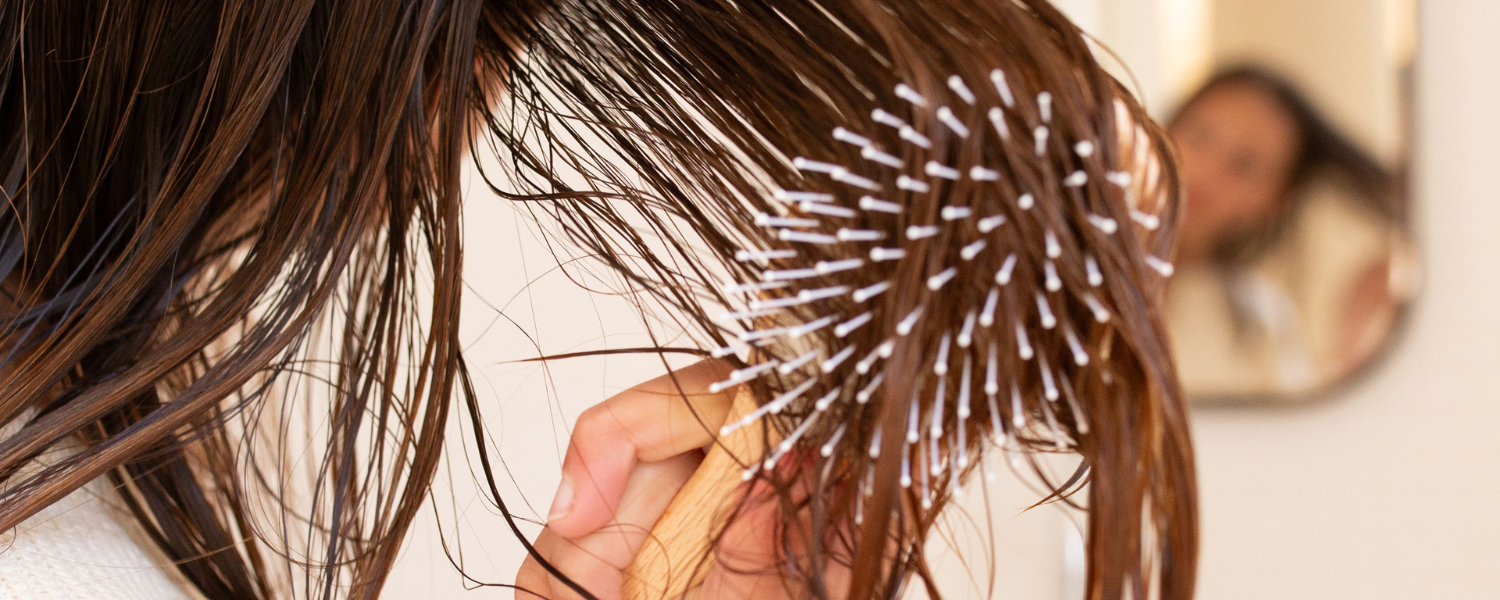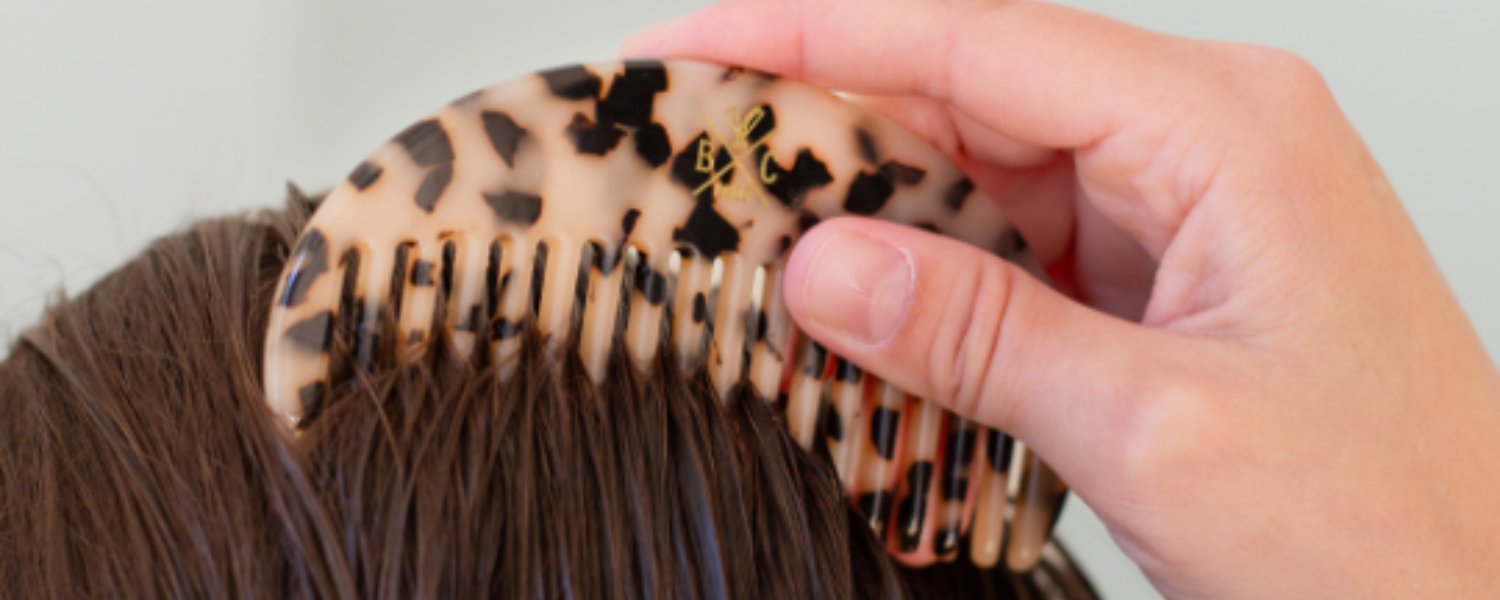
How to know your hair type? A complete guide
Taking care of your hair isn't just about choosing a random shampoo or following the latest beauty trends. Every head of hair is unique and has its own characteristics that directly influence its appearance, health, and how it responds to care. Yet, many people still misunderstand the true nature of their hair and end up adopting an unsuitable routine. The result: products seem ineffective, hairstyles don't hold, and hair becomes damaged more quickly. To avoid these mistakes, it's essential to learn about your hair's nature. This not only allows you to better target the products to use, but also to understand the daily actions you need to take to preserve its beauty.

Observe the look and feel on a daily basis
The first step in determining the nature of your hair is to observe it carefully. The overall appearance and feel are valuable indicators. Some hair immediately appears thicker and fuller, while others give an impression of lightness and lack of density. Fine hair, for example, is often recognized by its tendency to flatten quickly and become greasy more quickly, while thicker hair displays natural density and tolerates structured styles more easily. The differences are also evident to the touch: rough, brittle ends betray a tendency to dryness, while a hair fiber that feels heavy or sticky reveals excess sebum. Between these two extremes, there is, of course, so-called “normal” hair that maintains a good balance between hydration and sebum production. Observing your hair naturally, without styling products or straightening, is therefore a good way to understand its condition and its main tendency. For more information, take ouronline diagnosis, free, which will allow you to find the right brush suited to your hair type.

Identify the natural texture of the hair
Beyond thickness and sebum production, the natural shape of the hair plays a determining role in its classification. Some people have naturally straight hair that reflects light and appears shiny, while others have hair thatwavy, curly or frizzy. This texture isn't just a matter of aesthetics: it directly influences the needs of the hair fiber. Curly hair, for example, is generally drier than straight hair because the sebum produced by the scalp circulates less easily along the fiber. It therefore requires more hydration and care designed to preserve its suppleness. Straight hair, on the other hand, is often more prone to excess sebum and requires lightweight formulas that don't weigh down the hair. Understanding your hair's texture also means agreeing to work with its nature and not against it. Constantly trying to straighten curly hair can weaken its fiber, while a routine adapted to its natural needs can enhance it effortlessly.

Don't neglect the importance of the scalp
While the hair fiber is often the center of attention, the scalp deserves just as much attention. As the true foundation of the hair, it directly influences the condition and appearance of the hair. A scalptoo fatwill inevitably weigh down the lengths, while a dry scalp will cause tightness anddandruffSome people also suffer from particular sensitivity, with recurring redness or itching that requires gentle and soothing care. Ignoring scalp health is like neglecting the very root of the problem. By listening to it and adapting the products used, it becomes possible to restore lasting balance and restore vitality to the entire head of hair. A healthy scalp always translates to more beautiful, shinier, and more manageable hair.
Knowing your hair type is the key to building a truly effective hair care routine. By carefully observing your hair's appearance, identifying its natural texture, and taking into account the condition of your scalp, everyone can understand their hair's true needs and avoid common mistakes. This knowledge allows you to select the right products and choosethe ideal brushto preserve the fiber andstimulate circulation to the scalp.For those who wish to go even further, there are nowonline hair diagnosticsable to provide personalized recommendations in minutes. Thanks to these tools, there's no need to hesitate in front of shelves full of hair care products: every action becomes relevant and each product chosen truly works to promote the beauty of your hair. Ultimately, knowing the nature of your hair is an investment in its health and shine over the long term.



